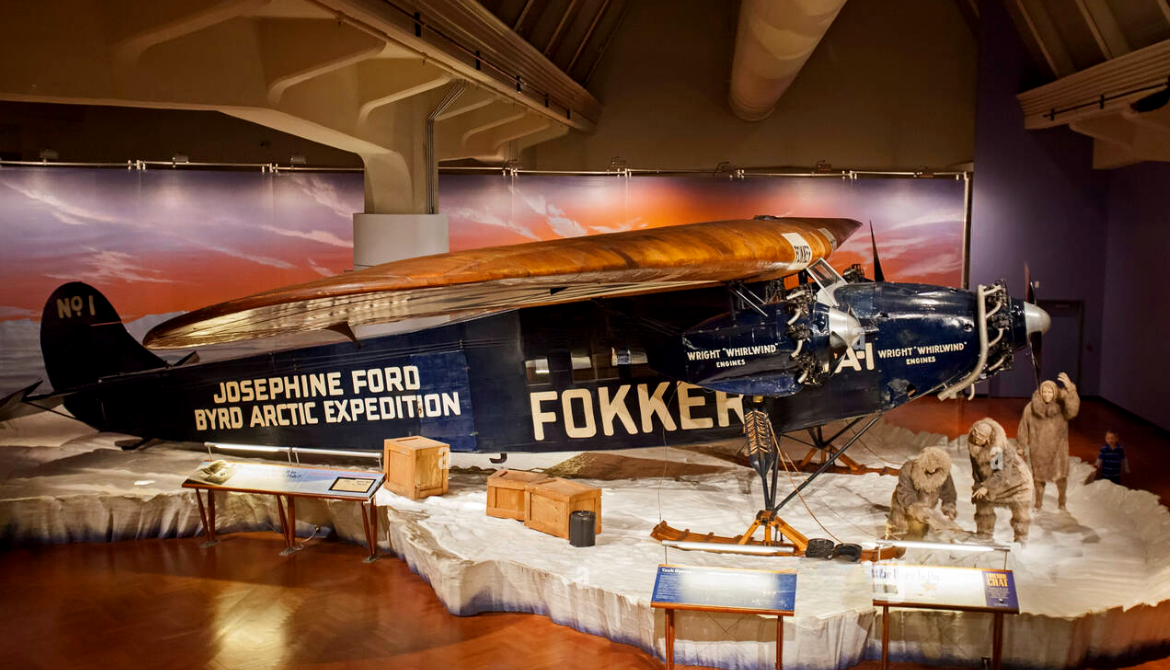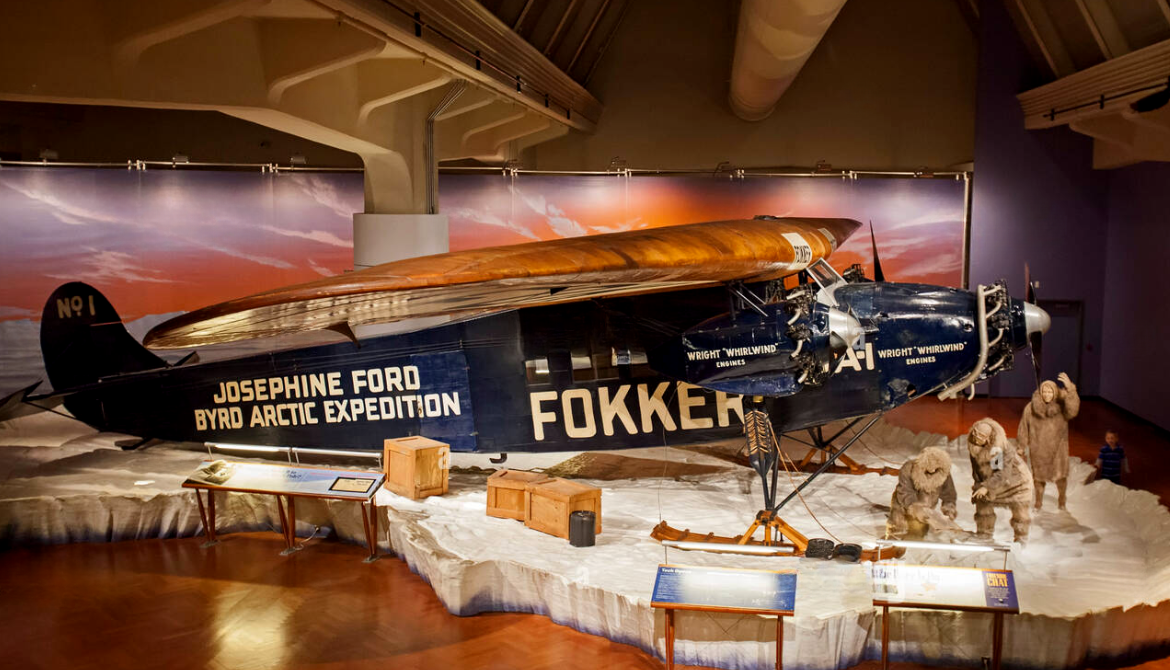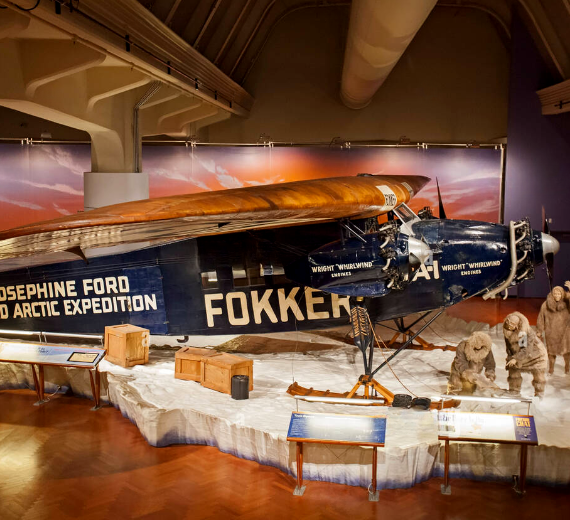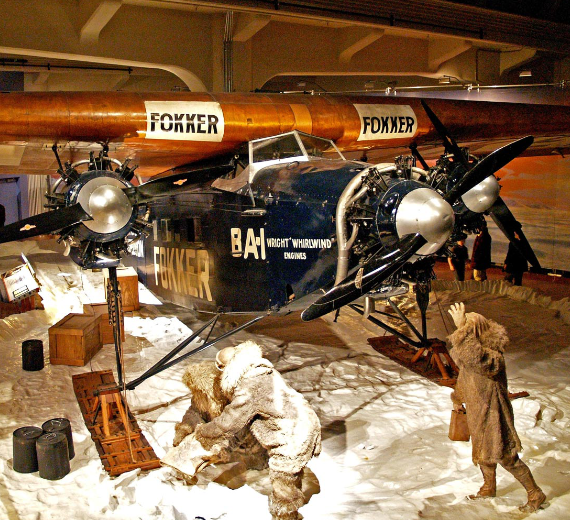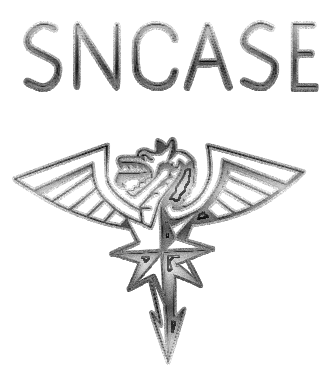Fokker, Royal Dutch Aircraft Factory Fokker F.VII Fokker Trimotor
Role Passenger & military transport
Manufacturer Fokker
Designer Walter Rethel
First flight 24 November 1924
Introduction 1925
Status Retired
Primary users SABENA
KLM
Polish Air Force
Polskie Linie Lotnicze LOT
Produced 1925-1932
Developed from Fokker F.V
Variants Fokker F-10
.
History Fokker, Royal Dutch Aircraft Factory
Fokker F.VII Fokker Trimotor

The Fokker F.VII, also known as the Fokker Trimotor, was an airliner produced in the 1920s by the Dutch aircraft manufacturer Fokker, Fokker's American subsidiary Atlantic Aircraft Corporation, and several other companies under licence.
The F.VII was designed as a single-engined transport aircraft by Walter Rethel. Five examples of this model were built for the Dutch airline KLM. One of these aircraft, registered H-NACC, was used in 1924 for the first flight from the Netherlands to the Dutch East Indies. In 1925, while living in the US, Anthony Fokker heard of the inaugural Ford Reliability Tour, which was proposed as a competition for transport aircraft. Fokker had the company's head designer, Reinhold Platz, convert a single-engine F.VIIA airliner to a trimotor configuration, powered by 200 hp Wright Whirlwind radial engines. The resulting aircraft was designated the Fokker F.VIIA-3m. Following shipment to the US, it won the Ford Reliability Tour in late 1925. The Trimotor's structure consisted of a fabric-covered steel-tube fuselage and a plywood-skinned wooden wing.
Variants



- F.VII
- Single-engined transport aircraft, powered by a 360 hp (270 kW) Rolls-Royce Eagle or 450 hp (340 kW) Napier Lion engine, accommodation for two crew and six passengers; five built. One converted to use 400 hp (300 kW) Bristol Jupiter and two to use 480 hp (360 kW) Gnome-Rhône Jupiter VI engine.
- F.VIIA (F.VIIA-1m)
- Single-engined transport aircraft; the capacity was increased to carry 8 passengers and the aircraft received a new, simplified undercarriage with suspension and aerodynamic improvements (the ailerons were contained within the profile of the wing and capped by rounded wing tips, the aircraft was equipped with an adjustable stabilizer). Flown on 12 March 1925. First aircraft had a 420 hp (310 kW) V-12 Packard Liberty engine, but a further 39 F.VIIA examples had mostly radial Bristol Jupiter or Pratt & Whitney Wasp engines.
See more variants click here

The eight- to 12-passenger Fokker was the aircraft of choice for many early airlines, both in Europe and the Americas, and it dominated the American market in the late 1920s. However, the popularity of the Fokker quickly waned after the 1931 crash of a Transcontinental & Western Air Fokker F.10, which resulted in the death of Notre Dame football coach Knute Rockne.
0
KmCeiling
0
KmCombat RANGE
0
Km/hAircraft Speed
0
Max Crew
Photo Gallery
Fokker, Royal Dutch Aircraft Factory
Fokker F.VII Fokker Trimotor


Fokker, Royal Dutch Aircraft Factory
Fokker F.VII Fokker Trimotor
General Info
-
-
- Crew: 2
- Capacity: 8 passengers
- Length: 14.50 m (47 ft 7 in)
- Wingspan: 21.71 m (71 ft 3 in)
- Wing area: 67.6 m2 (728 sq ft)
-
Powerplant
-
- Empty weight: 3,100 kg (6,834 lb)
- Gross weight: 5,300 kg (11,684 lb)
- Powerplant: 3 × Wright J-6 Whirlwind 9-cylinder air-cooled radial piston engine, 220 kW (300 hp) each
-
Performance
- Maximum speed: 210 km/h (130 mph
- Cruise speed: 178 km/h (111 mph
- Range: 1,200 km (750 mi, 650 nmi)
- Service ceiling: 4,400 m (14,400 ft)
- Takeoff and landing runs: 225 m
.
Links to Youtube & Others
The F.VII was used by many explorers and aviation pioneers, including: Richard E. Byrd claimed to have flown over the North Pole in the Fokker F.VIIA-3m Josephine Ford (N267) on 9 May 1926, a few days before Roald Amundsen accomplished the feat in the airship Norge.
Fokker F.VII Fokker Trimotor
Amelia Earhart became the first woman to fly across the Atlantic on 17 June 1928, as a passenger aboard the Fokker F.VIIB-3m Friendship (NX4204)
Youtube Link
Sir Charles Kingsford Smith's F.VIIB-3m Southern Cross was the first aircraft to cross the Pacific from the United States to Australia in June 1928,



